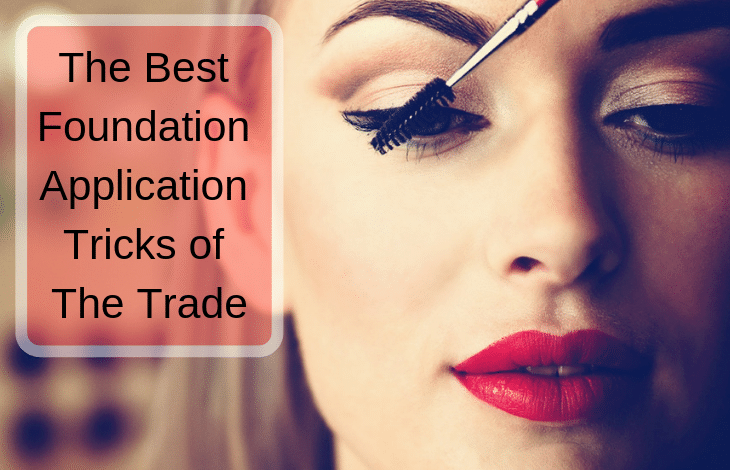
Balayage may have started out as a stylish trend, but it’s proven to have immense staying power. First, what exactly is balayage? It’s a type of hair colouring where the hairdresser creates a colour gradient. The roots of the hair have a darker colour that gradually fades into a lighter shade at the tips.
Although this style is sometimes referred to as ombre or colour melt, these terms are slightly different. Balayage refers to the process involved in creating the colour gradient. Ombre is a style where the colour layering doesn’t necessarily begin at the root. The gradual transition starts about midway through the hair. Ombres are most dramatic on brunettes and dark hair shades because the change in tone is quite drastic.
On lighter shades and blonde hair, the style is sometimes called sombre, meaning subtle ombre. The roots of the hair might retain their natural shade, and then the hairdresser uses balayage to layer shading all the way to the tips. A well done sombre can produce the effect of sunkissed golden highlights. The tips appear as if they were naturally bleached.
Since ombre refers to the hairstyle and balayage refers to the ‘how’ of it, you can have your balayage subtle or drastic, depending on the shade of your hair. Ombre and sombre uses two colours: the natural tone and the lighter shade. A colour melt uses three or more colours overlapped in a smooth transition from root to tip.
There are several challenges involved when you’re colouring your hair. The harsh chemicals may dry out your locks and make them brittle. The colours might react to other hair treatments like relaxers or texturizers and end up breaking your hair. The shade you chose may be unflattering to your skin tone, or to your favourite outfit.
The biggest challenge is the roots. However good your dye job is, your roots will poke out, and if you’re using a light-coloured dye, the effect of roots can be jarring. Your root issues depend on how fast your hair grows, and it can be a problem if your roots show before your hair can handle another round of coloured chemicals.
When you use balayage to colour your hair, your roots will be deliberately darker than your tips. The root could be your natural colour, or it could be a darker shade of your chosen colour. When new hair sprouts, it won’t stand out from the darkened roots, which means you can wait longer between touch-ups.
Another advantage of balayage is that it works well on all hair lengths and textures. Since it’s more about the colour than the style or treatment, you’re not restricted. You can use the colour gradient on straight hair, curly hair, fine hair, or coarse hair.
Of course, it’s best to use a hairdresser that is familiar with your type of hair. While colouring technique is standard, certain hair textures may need longer sessions to fully absorb the new colour, while some natural shades may need to be pre-bleached to get the exact colour tone pictured on the pack.
It also helps to find a good colourist and stick with them, because a colourist that is unfamiliar with your hair might leave the colour on too long, leading to damage and hair breakage. A colourist you trust can also talk you out of a colour choice that won’t flatter you.
As you get your hair dyed, remember that colour tones look different on wet hair and dry hair, so be sure to talk things through with your hairdresser to avoid buyer’s remorse. You might also need to let your hairdresser know about your general health.
Certain factors like menstruation, pregnancy, menopause and so on produce hormones that can interfere with your results. Of course, if you’re on medication or chemo, these can influence your hair as well, so keep your hairdresser in the loop.




